Emission Nebulae
An emission nebula is a cloud of ionized gas that emits light of various colors. These nebulae are often found in regions of active star formation and are illuminated by nearby hot, young stars. The intense ultraviolet radiation from these stars ionizes the surrounding hydrogen gas, causing it to emit light in a variety of colors, most commonly red and pink.
Characteristics of Emission Nebulae
1. Colorful Appearance: Emission nebulae often appear in vibrant colors such as red, pink, and sometimes even blue and green, due to the emission of light from ionized gases.
2. Associated with Star Formation: Emission nebulae are typically found in regions where new stars are being born, such as in the spiral arms of galaxies or in stellar nurseries.
3. Ionization: The gas in emission nebulae is ionized by the intense ultraviolet radiation from nearby hot stars, causing it to emit light and creating the characteristic glow of these nebulae.
4. Examples: Well-known emission nebulae include the Orion Nebula (M42), the Lagoon Nebula (M8), and the Trifid Nebula (M20).
Study Guide
Here are some key points to remember about emission nebulae:
- What is an emission nebula?
- What causes the colorful appearance of emission nebulae?
- Where are emission nebulae typically found?
- How is the gas in emission nebulae ionized?
- Can you name some examples of well-known emission nebulae?
Understanding emission nebulae is important in the study of astronomy and can provide valuable insights into the processes of star formation and the properties of interstellar gas clouds.
Happy studying!
.◂Science Worksheets and Study Guides Fifth Grade. Sound and light energy
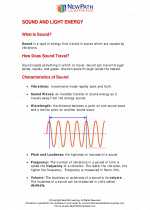
 Activity Lesson
Activity Lesson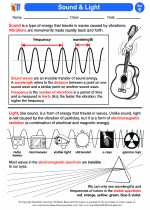
 Worksheet/Answer key
Worksheet/Answer key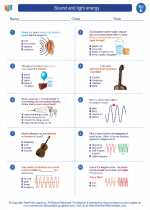
 Worksheet/Answer key
Worksheet/Answer key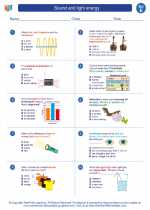
 Worksheet/Answer key
Worksheet/Answer key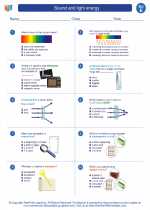
 Worksheet/Answer key
Worksheet/Answer key
 Vocabulary/Answer key
Vocabulary/Answer key
 Vocabulary/Answer key
Vocabulary/Answer key
